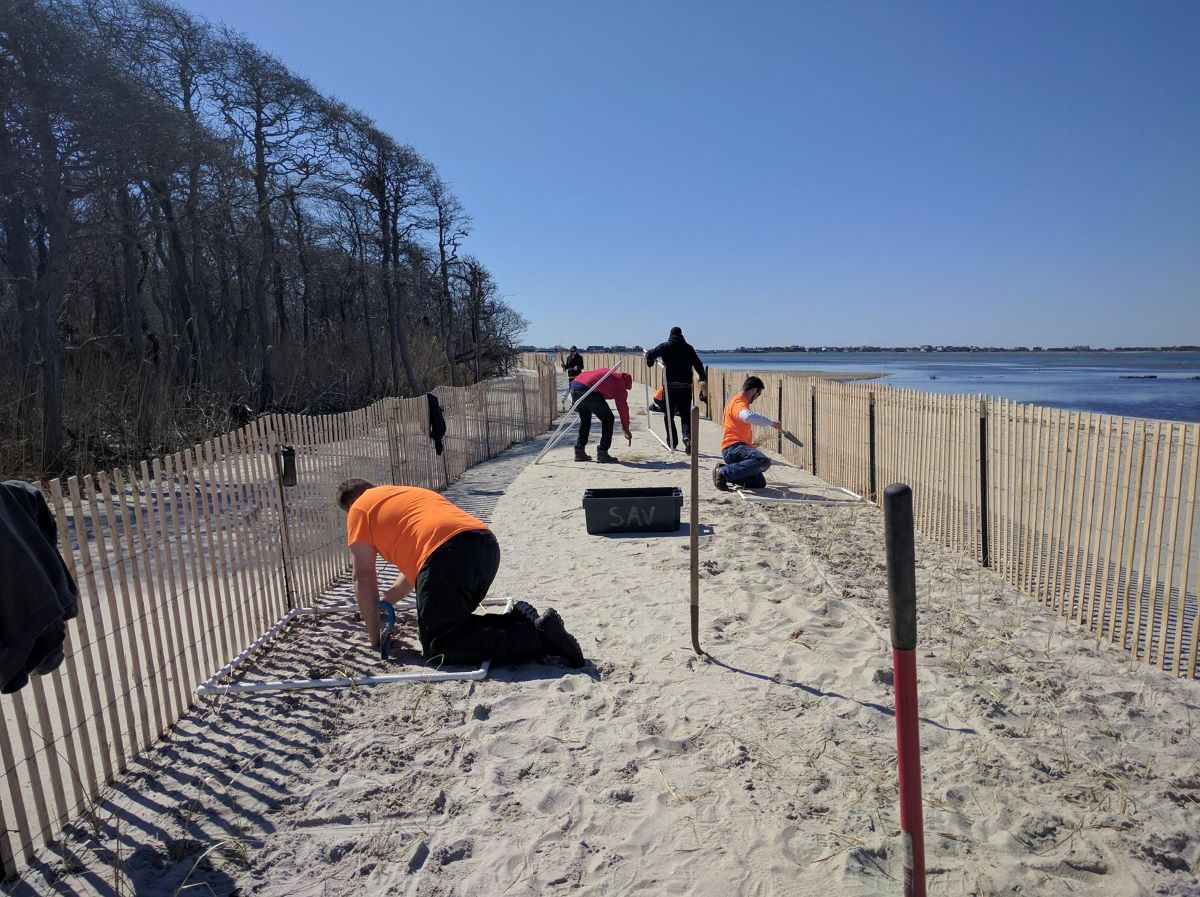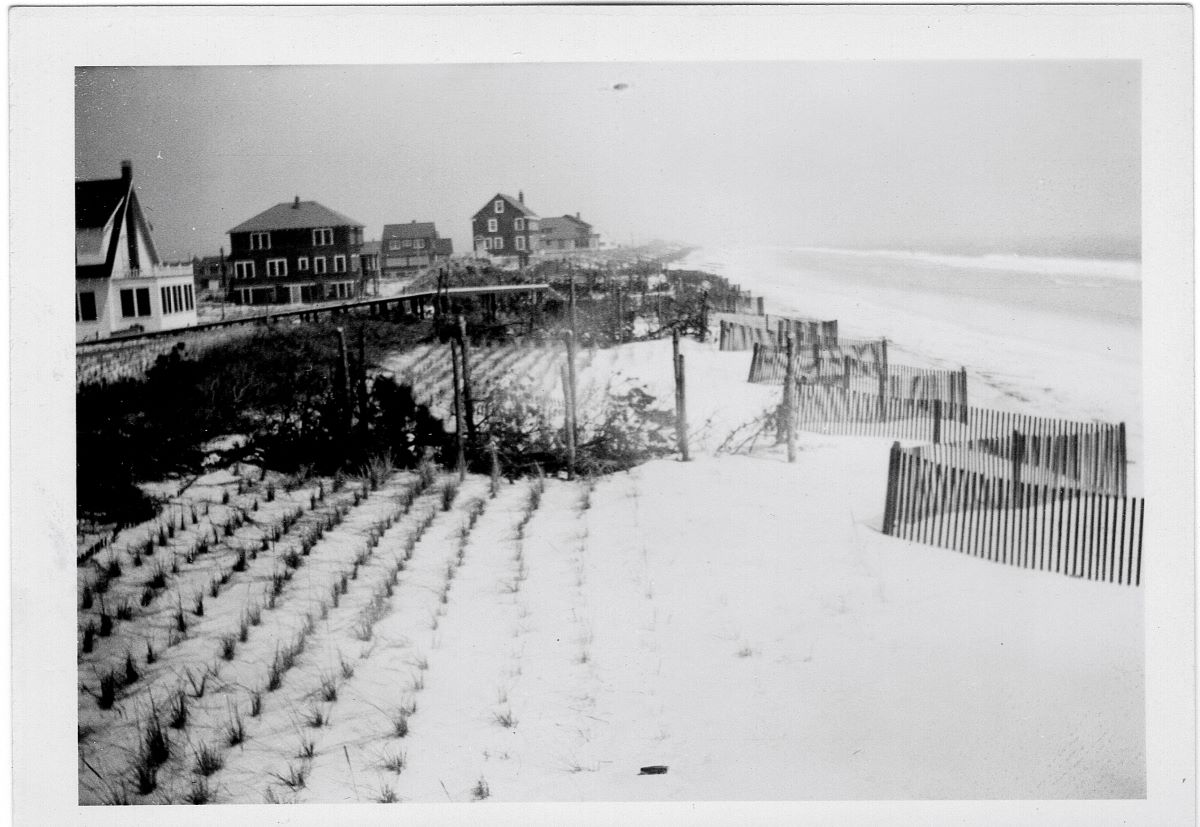Looking Forwards
“I think Sandy was a big eye-opening event. But maybe not to the extent that people are ready to leave our shores. Is that an idea we can wrap our heads around? For some it comes very easily because they’ve lived through several storms and lost their life possessions. And for others, who may have gone through something like that, they simply don’t want to leave.” -David Sabatino, Regional Planner
The likelihood of more storms and hurricanes on Long Island is high. Planners and architects are developing approaches using traditional knowledge and new technologies in tandem. Home elevations are widespread, required by FEMA and other agencies. Streetscapes change, as some owners elevate their homes while others choose not to. Bungalows are dwarfed by 3-story homes with steep entrances. Where communities once opposed dune building and groin construction, they are now welcome.
As the landscape changes, so do the cultural activities and norms. Fishermen find fewer marine habitats as the bays and waterways become warmer or polluted from debris. The next generation of builders and planners are designing new structures, transportation options and infrastructure to cope with the new climate.
Imagining a path forward
In this section, we imagine how a coastal village may be designed to mitigate future storm damage. We think of this imagining as a collaboration, where each person’s lived experience brings knowledge that can add value to the process. Moving forward, we hope that together, new ideas and visions can build up Long Island’s coastal communities into a reality that will endure through the years ahead.
Check out the video above to learn how Long Island residents are imagining a path forward and preparing for future storms.
Immediately after Sandy, communities like the Town of Hempstead and Shinnecock Nation began planting beach grass to strengthen their dunes, using the help of volunteers like Christine & Melissa Watson and their work force. Areas that had protective dunes suffered less damage, including Point Lookout and Shinnecock Bay. Recall from the Looking Back section how important community efforts such as these have been throughout the years for storm recovery. Compare the photo below to those you just saw.
Today, FEMA and the U.S. National Park Service provide documentation including building guidelines and hurricane preparedness guide to help people protect their living spaces and prepare for the next disaster.
Immediately after Sandy, several community based groups were created to assist their neighbors. The Friends of Freeport has assisted over 400 homeowners and residents, gutting and reframing damaged houses, removing trees and mold, and providing meals and clothes to those left homeless.
Architecture students at New York Institute of Technology in Old Westbury were asked to design models and plans for structures and communities that could withstand another superstorm or hurricane. Student contributors: Arkadiusz Chrobak, Marissa Marzullo, Shivanie Muneshwar, Vanessa Rocha, Eric Jakob, Minh Nguyen, Waisuddin Aziz, and Thomas Meade.


